History of Sake
To begin with, Sake is not rice wine.
The unfortunate mistranslation was a clumsy attempt by sake importers in the 1970s to make sake accessible to Westerners.
Due to these differences in production methods, alcohol content, and the overall fermentation process, sake is considered its own unique category of alcoholic beverage, distinct from both wine and spirits.
Rice-based alcohol was first made in China, but Japan did not have access to it until the arrival of rice cultivation from the continent sometime around 1000 BC.
The earliest sake believed to have been made in Japan was Kuchikamizake(mouth-chewed sake).
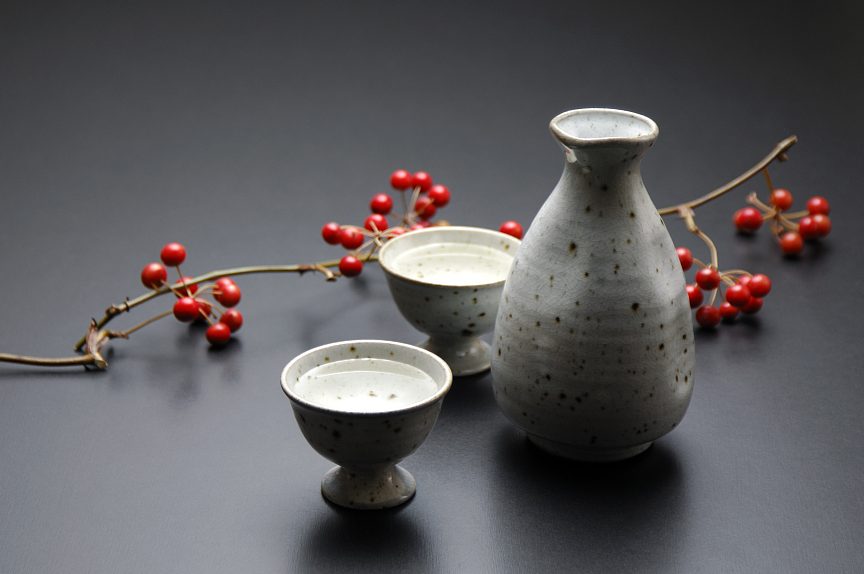

The name of Sake
Although the word Sake is in such wide use among foreigners that it is impossible to avoid using it, it is not a precise term.
Sake is actually the general word in Japanese for any alcohol including beer, whisky, wine, and so on.
Nihonshu is usually the term used if you want to refer specifically to the brewed rice sake, or Seishu (清酒).
Making sake
Enjoy Sake does not require a detailed understanding of how it is made. After all, most drinkers only have the vaguest of notions of how wine and beer are brewed.
In its most basic form, sake is made from just four ingredients: Rice, Water, Koji, and Yeast.
However, Sake production is quite a bit more complicated than winemaking, which is known as the Kura or Sakagura.
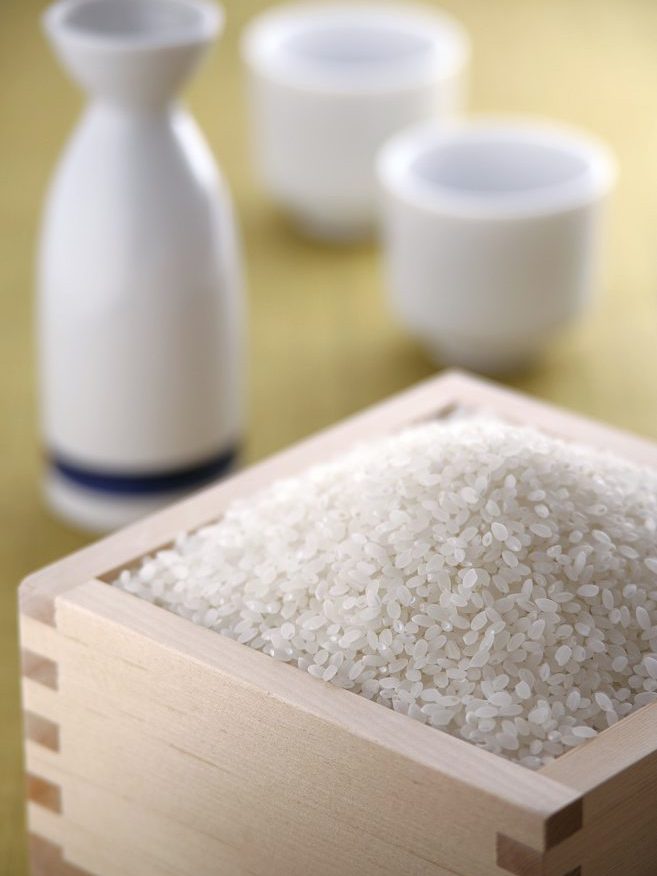
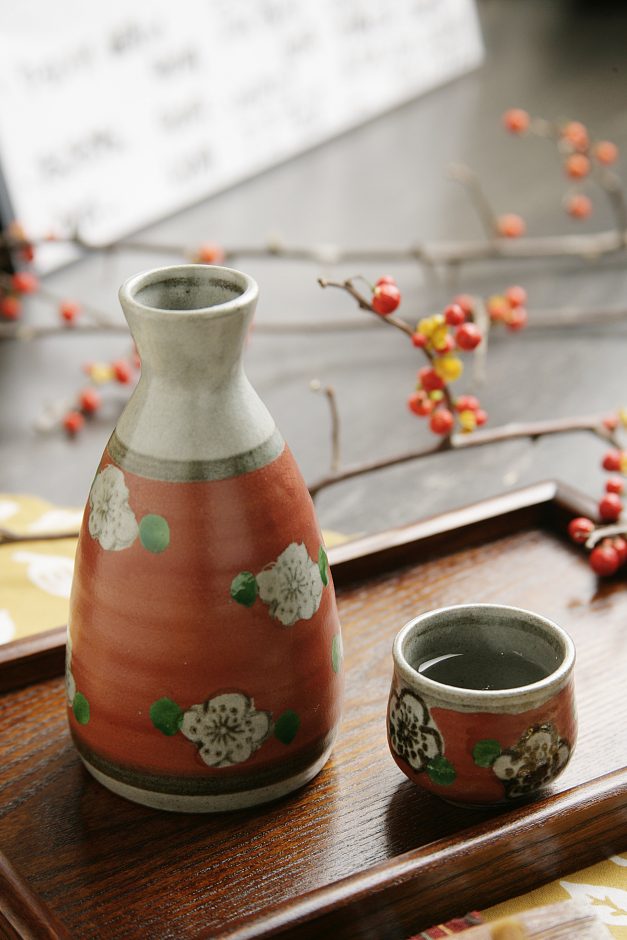
Types of sake
1. Zojoshu 増醸酒
A type of sake that undergoes multiple fermentations, resulting in a richer and more complex flavor profile
2. Futsushu 普通酒
Everyday sake, is typically affordable and with a straightforward taste.
3. Honjozo or Honjozoshu 本醸造 or 本醸造酒
Sake made with a base of rice, water, and koji, often with a small amount of brewer’s alcohol added.
4. Junmai or Junmaishu 純米or 純米酒
Pure sake is made only from rice, water, yeast, and koji without added alcohol or sugar.
5. Ginjo or Ginjoshu 吟醸 or 吟醸酒
A high-quality sake, featuring meticulous brewing and the use of special Ginjo yeast, resulting in a refined and aromatic taste.
6. Daiginjo or Daiginjoshu 大吟醸 or 大吟醸酒
The highest quality sake is made with the finest rice and complex brewing methods, offering a rich and luxurious flavor.
How is sake served?
Sake can be served chilled, warmed, or at room temperature.
A traditional sake set consists of a serving carafe called tokkuri and smaller personal cups called ochoko. Sometimes a small glass is placed inside a box, or masu. In some places, the sake will be poured until it overflows into the masu.
At many bars and restaurants, you will be expected to order sake by number of go. Ichi-go and ni-go are one and two servings, respectively.

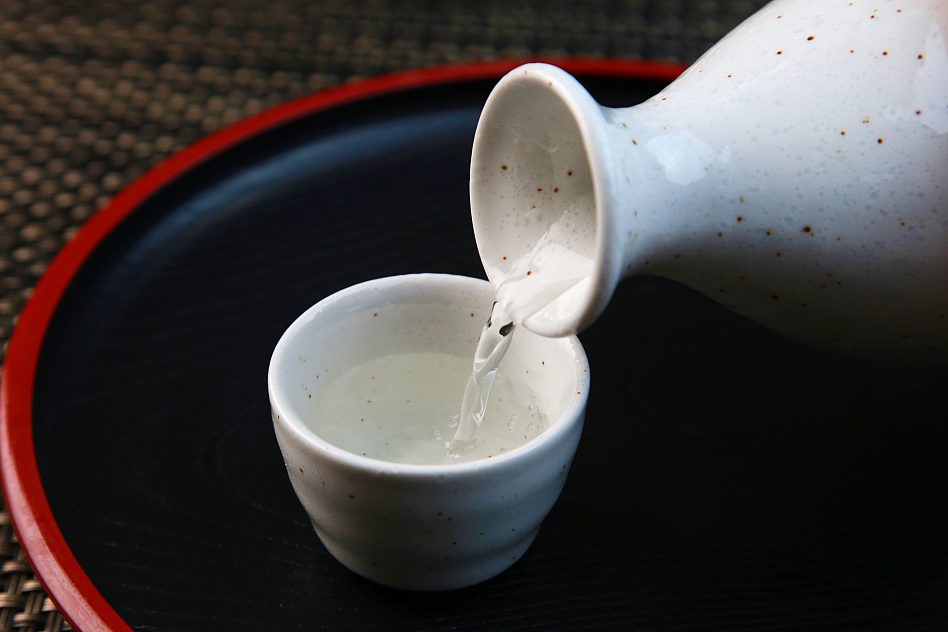
Hot or Cold Sake?
Hot sake was very much the norm in Japan until 1992.
Once in a while in history, the shift was toward chilled sake, and warm sake was associated with low-quality sake and even bad manners.
Today trends have shifted back toward warming sake, particularly Junmai and Honjozo grades, which often have lush flavors that open up with a little heat.
But, don’t heat it too much!
How to warm Sake at home?
There are 2 good ways at home for you:
Heat a pan of water to the appropriate temperature and then put a tokkuri into the pan.
Place the tokkuri in a pan of cool water and then very gently heat it.
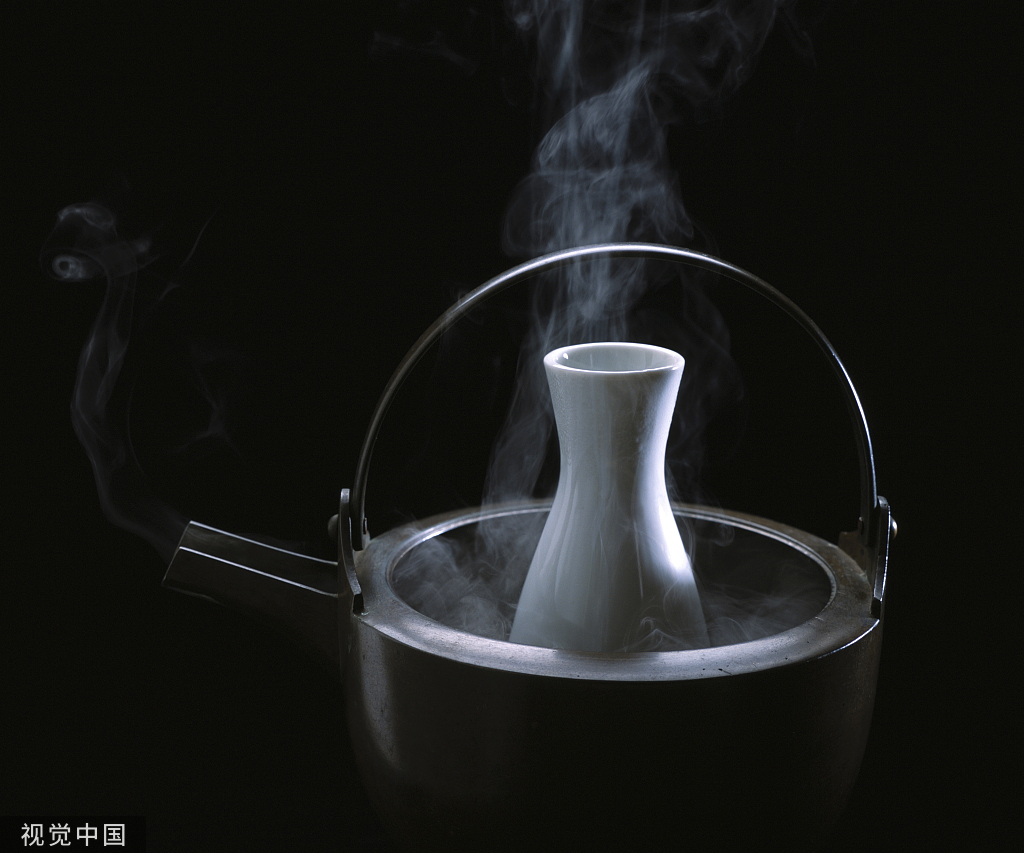

Sake and food pairing
Sake is an extremely versatile drink and pairs quite well with food. Classic Japanese foods such as sushi, sashimi, and tempura are obvious accompaniments, but sake with cheese, oysters, or vegetables can be just as delicious.
Sake is significantly higher in umami than other brews so it can enhance the flavor of very rich dishes like stews, ramen, and steak.
Like wine or beer, some varieties pair better with some foods than others. When choosing the right match at Fuji Biyori, feel free to ask the staff to recommend the best sake for your meal.